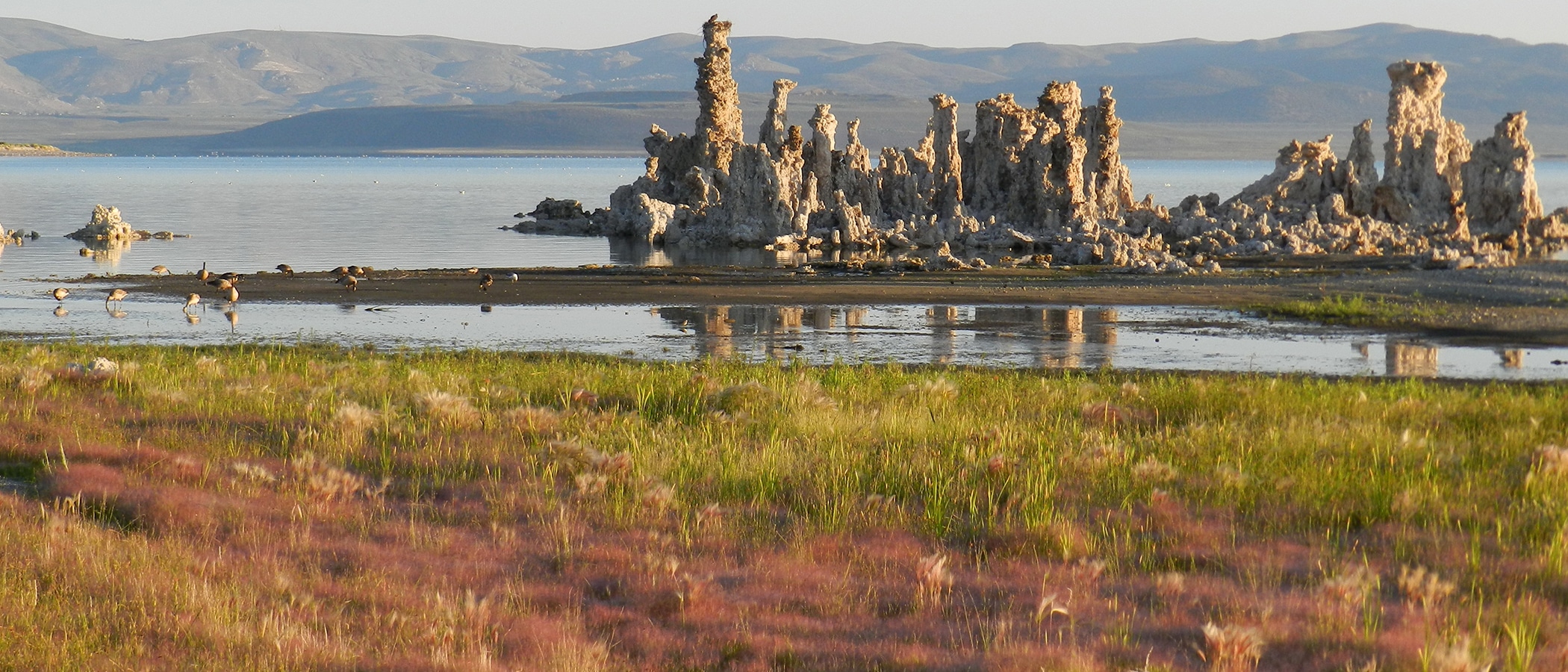
This post was written by Sandra Noll, Birding Intern in 2014, 2015, & 2016.
The presence of wildfires has made me think about the seemingly contradictory aspects of destruction and rebirth a lot this summer.
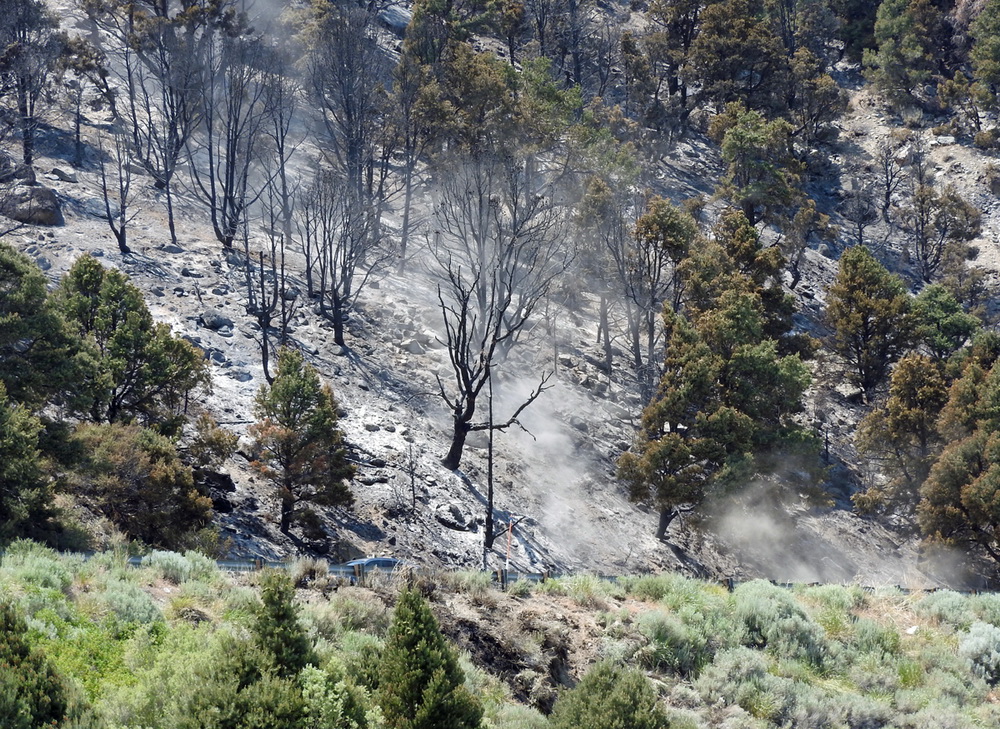
June’s Marina Fire came uncomfortably close to Mono Lake Committee headquarters in Lee Vining. It was the nearest I have personally been to wildfire and, while awed and inspired by the response of firefighters from multiple agencies and the impressive accuracy of helicopter and aircraft pilots dropping water and fire retardant in turbulent winds and updrafts, I was also fearful with a dramatic new awareness of fire’s destructive capacity. This fire’s aftermath, still quite visible from Highway 395 north of Lee Vining, includes blackened hillsides and skeletal remains of individual pines and groves of aspen. Each time I pass it saddens me to see those slopes previously adorned and stabilized by green trees, sagebrush, and grasses.
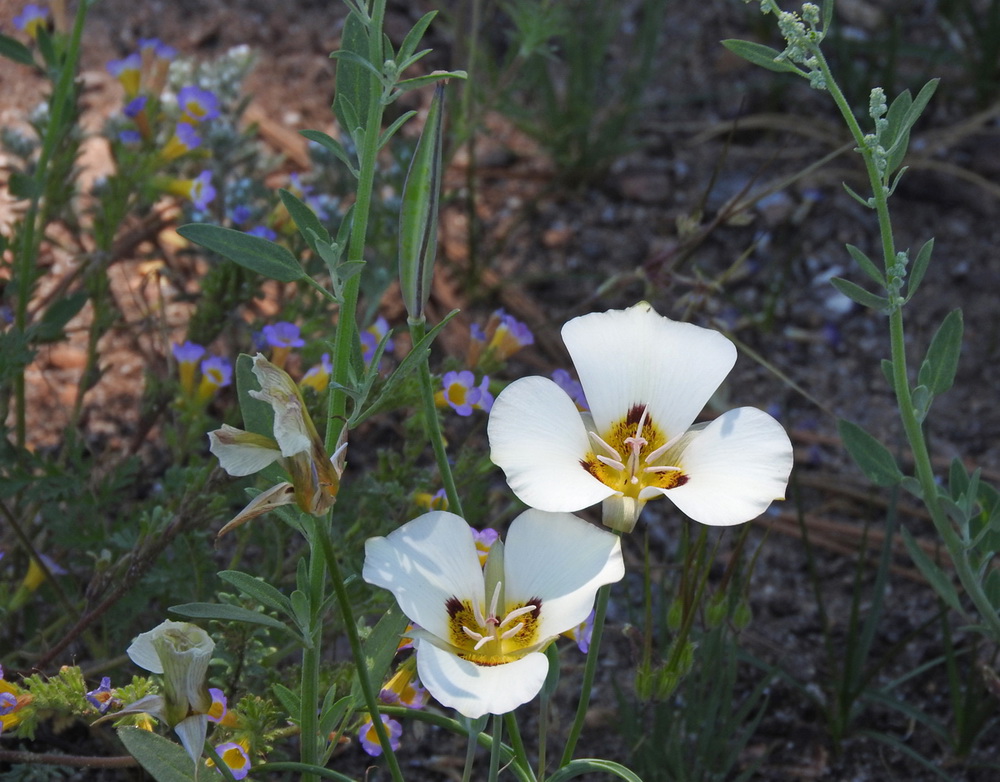
The Marina fire prompted me to revisit the site of last August’s Walker Fire which burned 3,676 acres of forest and sagebrush grassland southwest of Lee Vining. Although charred evidence of that fire’s larger size and destructive power remains, there is evidence of renewal as well including a profusion of wildflowers, grasses, wild rose brambles and the beginning regrowth of shrubs—rabbitbrush and Great Basin sage. Many trees, however, seem to have been irreparably damaged by this hotter, more intense fire. Their return via seed carried by wind and wildlife will take much longer. Still the lush new undergrowth serves to enrich soil, stabilize streams, and promise hope.
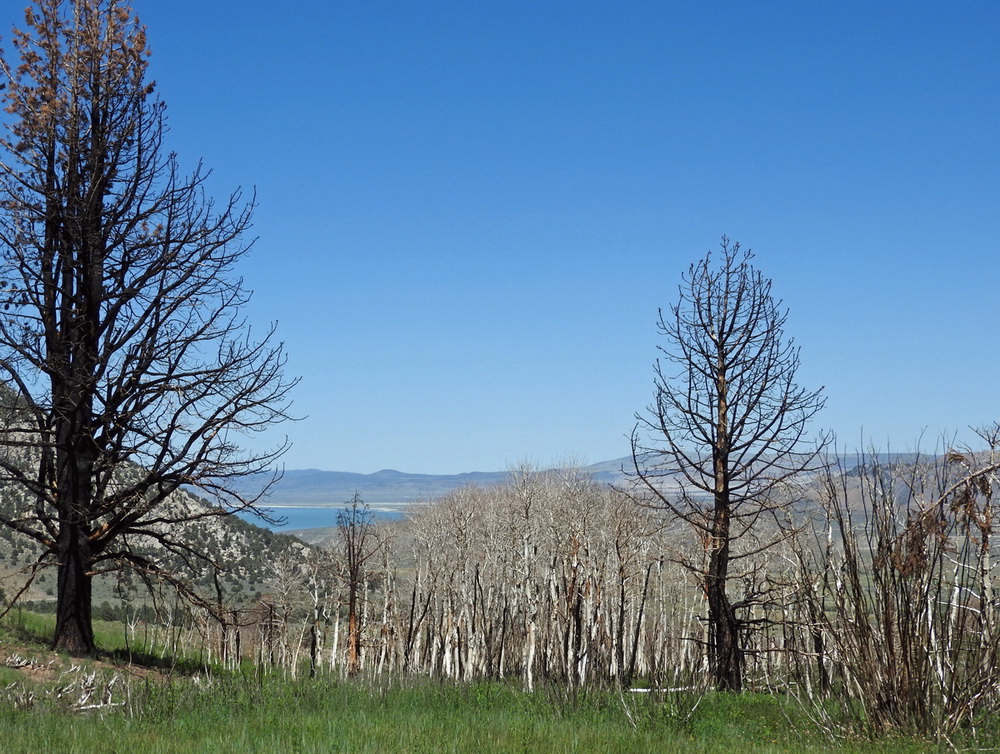
In Bohler Canyon, the Walker Fire also inflicted historic loss. Large aspen groves marked with arborglyphs (names, dates, and messages carved into bark by successive groups of immigrant shepherds from Europe, South America, and Mexico) were destroyed. I had visited the grove and written of its history last year. Aspen regenerate by shoots and suckers arising along its lateral roots and I saw some sign of regeneration although the intensity of fire destroyed all standing trees and glyphs.
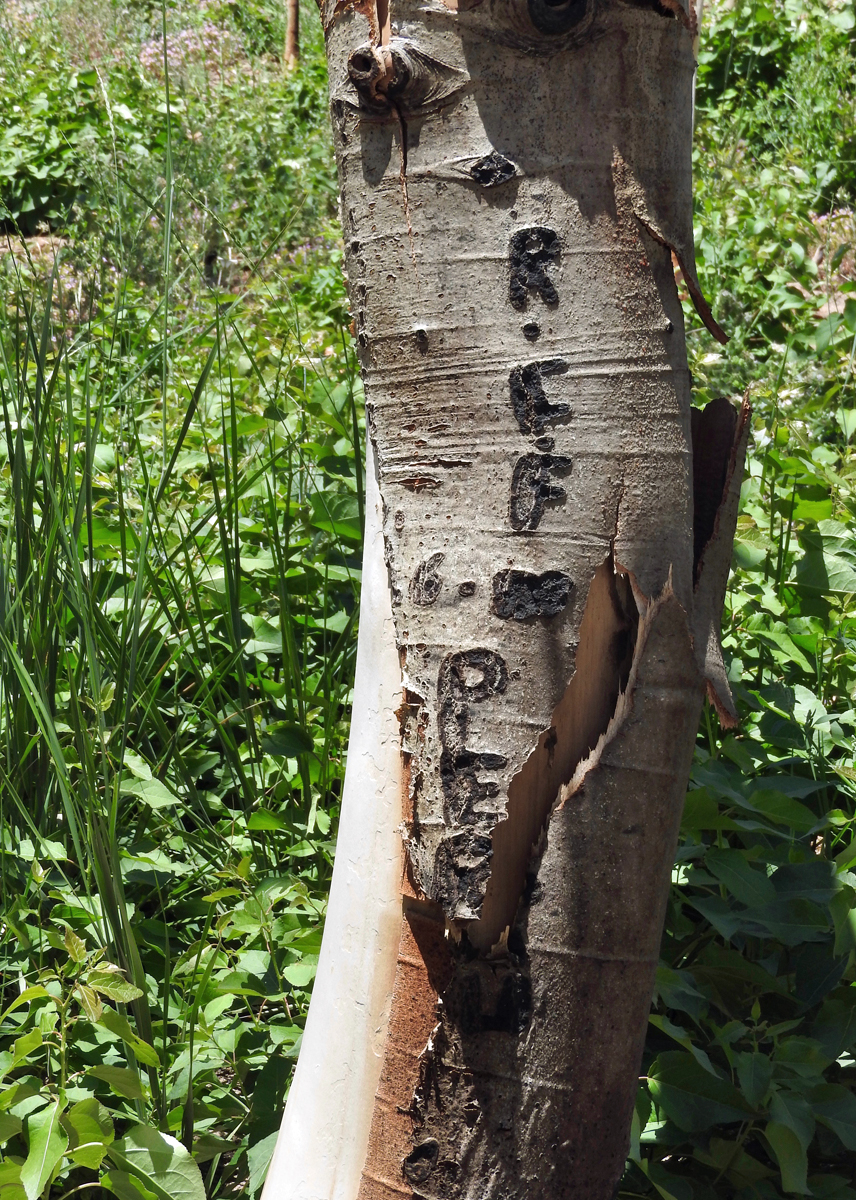
Once again I was saddened by loss. More recently that loss was somewhat mitigated by discovery of another treasure-trove of large old aspen (some with glyphs dating from 1934) along the nearby Parker Creek drainage, a lovely old- growth area spared in the Walker Fire’s jumps across the landscape.
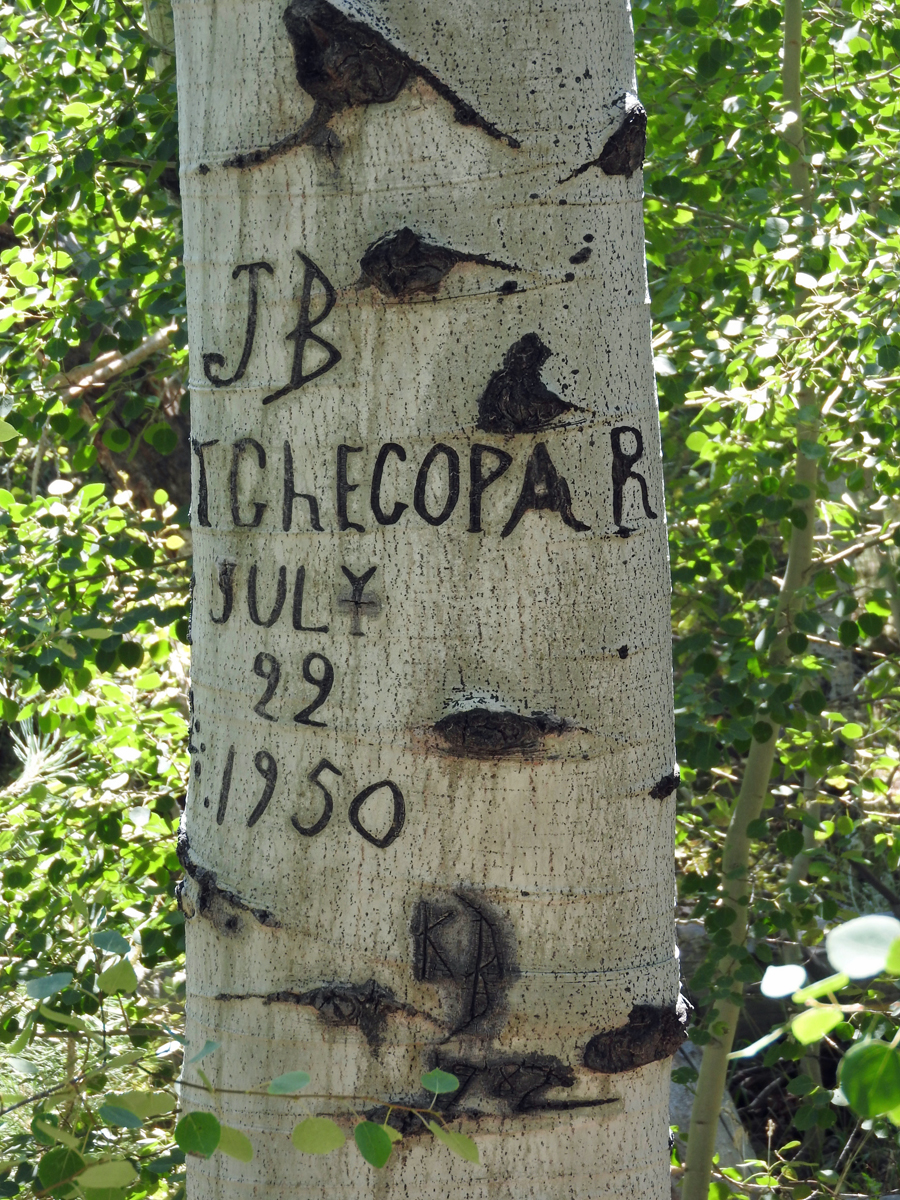
More recently my attention was redirected to an aspen grove near the northern boundary of the Marina Fire where it crossed Highway 395. Renewal here is strongly evident. In just over a month, new shoots have sprouted from aspen rootstock. Grasses and shrubs also evidence regrowth. Aspen serves as an ecologic “succession” tree, seeding in where other vegetation has been lost to fire or to erosion, logging, insects, or disease. This new growth of aspen will soon provide cover for seedlings of pine and juniper as these become larger the “nurse crop” of shorter-lived aspen will die out. Once again life represents a succession of destruction and renewal.
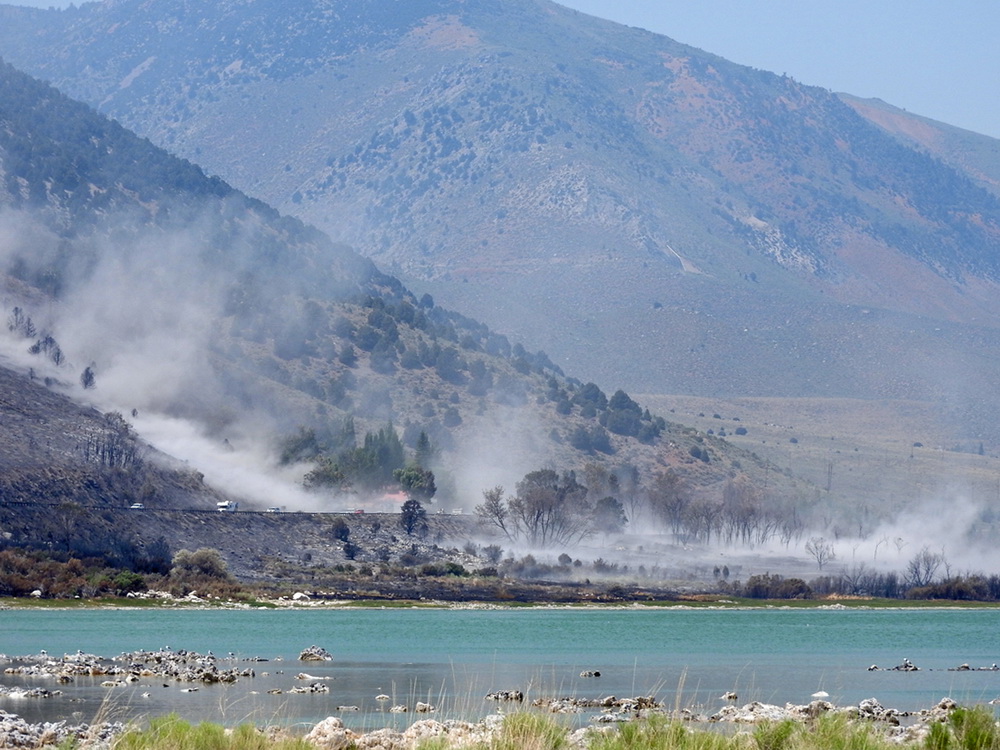
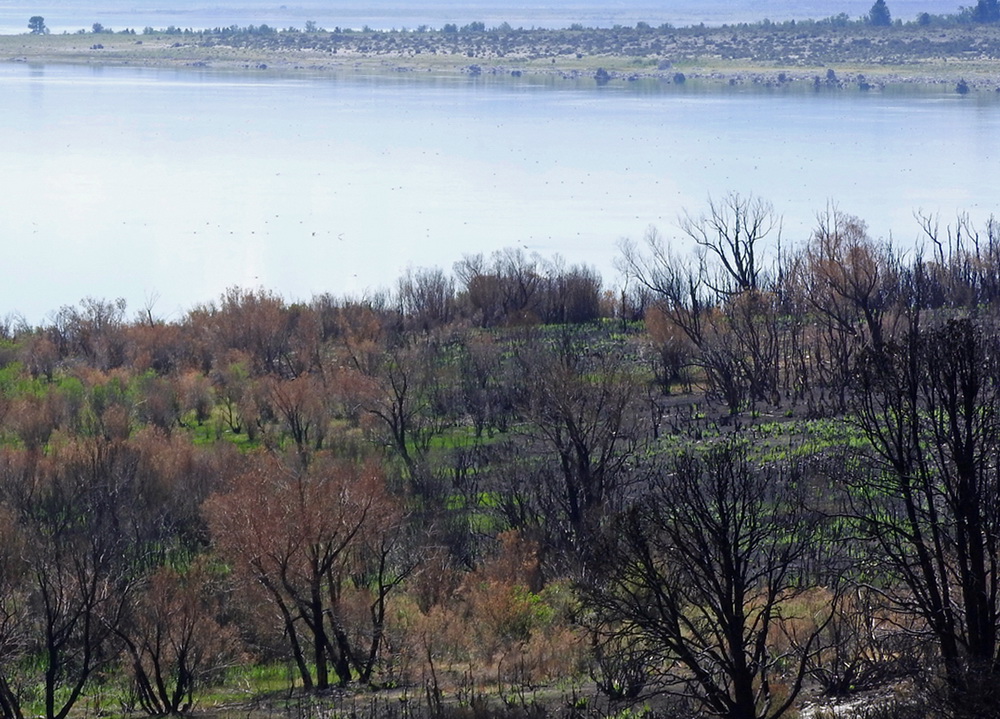
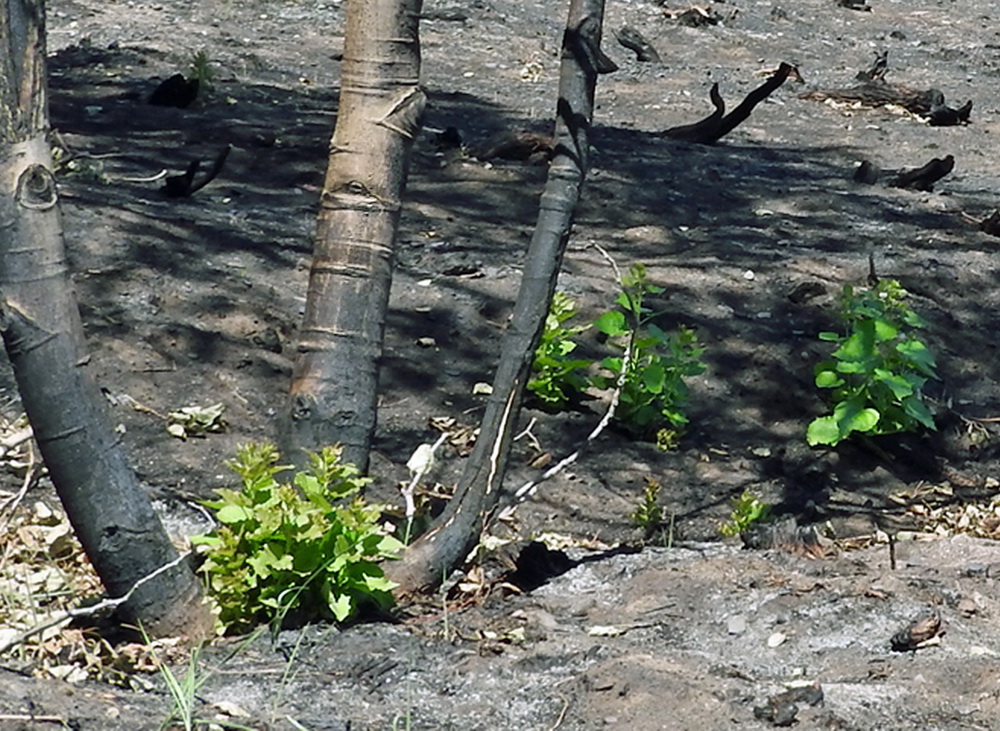

Hey Sandra.As allways.Nature bats last.